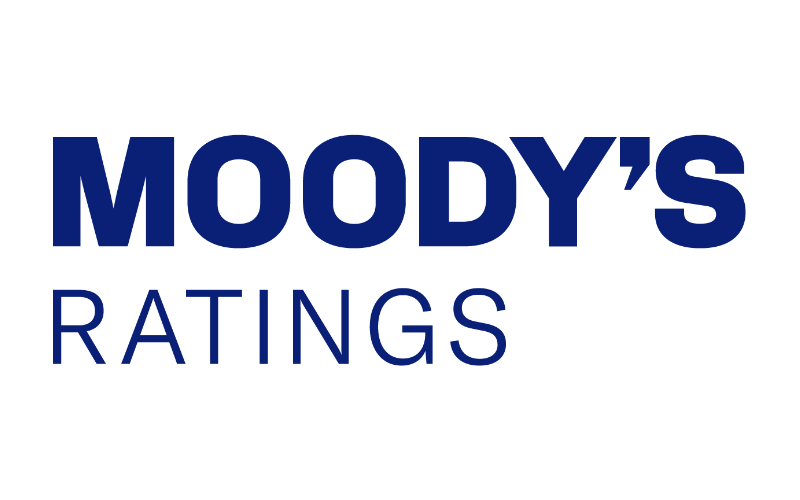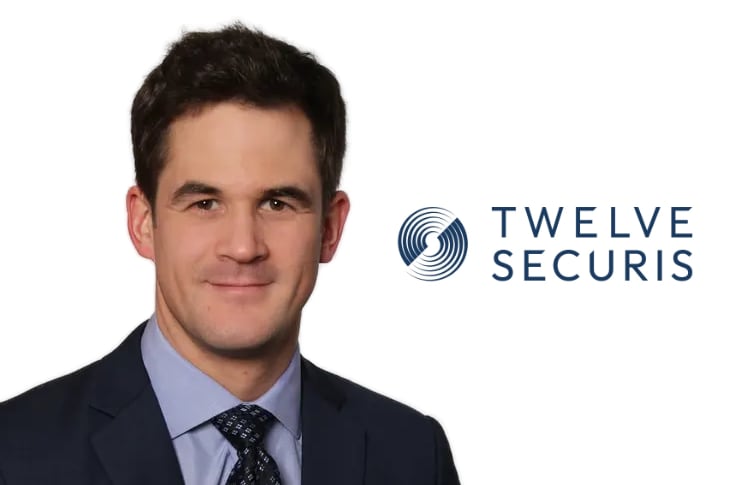
Today, there’s a significant amount of capital looking to be deployed in an environmental, social, and governance (ESG) friendly way, which represents a material opportunity for the insurance-linked securities (ILS) asset class, says Barney Schauble, Head of Labs at Nephila Advisors.Day two of our fifth annual and first virtual ILS NYC conference, started with an exploration of ESG and the impact opportunity in the ILS market.While the concept is nothing new, in more recent years, ESG factors have become a hot topic in risk transfer and as the understanding and adoption of such practices and compliance continues to expand, the opportunity is growing.“There are valuable things that we think the ILS community can do to promote a more sustainable economy,” said Schauble.
“If you look at the conventional insurance industry, it really has not been an early adopter of ESG principles, at any level, whether that’s environmental, whether that’s social, or governance factors.And, I think in some ways ILS funds have been an earlier adopter.” According to Schauble, when insurance companies start thinking about ESG or sustainability, typically they’re looking at changing their light bulbs or encouraging less travel, and later turn their attention to the asset side (solar roofs and alike) but exhibit reluctance in addressing this topic on the risk side.“The natural starting point has been excluding, which is obviously how the ESG movement often began by filtering out undesirable risk.
But, we think it’s going to be a natural evolution in the same way that you’ve seen in the investment market, and that will evolve into risk selection – how do you identify the best risks by using some ESG criteria.“And, more importantly, evolve into new products, which I think is much more interesting personally than simply excluding some things or focusing on others,” he continued.Narrowing the world’s protection gaps (disparity between economic and insured losses post-event) remains a top priority for global insurers and reinsurers of all shapes and sizes, and given the size of the task at hand will require the support of the capital markets.
But while efforts here are laudable, there needs to be a shift from just narrowing gaps to providing risk transfer that enables and supports development, society, and ESG goals.With this in mind, Schauble noted that at Nephila, they think ESG really needs to be at the heart of the product creation process.“I think if you look at what’s going on as recently as last week, when the single largest investor in the world, BlackRock, laid out very clearly that in all of its investment analytics it’s going to be considering how are those companies thinking about the temperature trajectory of the world, I think this distinction of an ESG investment is rapidly going to fade.
“I’d be personally quite surprised by 2030 if that continues to be a sector, and that’s not just part of what you adopt and everything that you evaluate as an investor and as an insurer,” said Schauble.Adding, “So, thinking about that now and looking at the scale of investors that are already committing to some sort of net zero portfolio, even though that’s very difficult to define today.I think that ESG is going to have to be embedded for the good of all of us and society into all of these processes, and that includes new product development.” Much of the discussion centred on the need to become more focused on product design in general and creating the products of the future, and also the investment structures of the future as well.
And, while the ILS market continues to expand, in terms of the actual total risk that’s taken the industry remains a fairly small part of the primary insurance and traditional reinsurance market class.“So, from that standpoint, is there an equally large opportunity in this array of new products, or if you extend out how people are going to buy protection, whether that’s their existing protection or new protection, it feels like it could be a meaningful opportunity.“And, as you alluded to, there’s a lot of capital seeking to be deployed in an ESG friendly way, meaning how can you actually have some positive impact on a sustainable economy.
And, insurance and reinsurance risk taking is one way to do that, whether that’s investing in the equity of new companies or existing companies, or investing in a more targeted way through fund management type of structures, or ILS vehicle structures.“So, from that standpoint, It feels like it could be very large.In the end the ILS industry still isn’t particularly large.
So, whether that’s a change in existing products or development of new products, it feels like it certainly could be,” said Schauble.The session, which was broadcast first to event registrants on Monday 8th Feb, can now be viewed below: Every session from ILS NYC will be made available more broadly and audio versions will also be shared via our podcast as well..
.———————————————————————.All of our Artemis Live insurance-linked securities (ILS), catastrophe bonds and reinsurance can be accessed online.Our can be subscribed to using the typical podcast services providers, including Apple, Google, Spotify and more.
Publisher: Artemis








